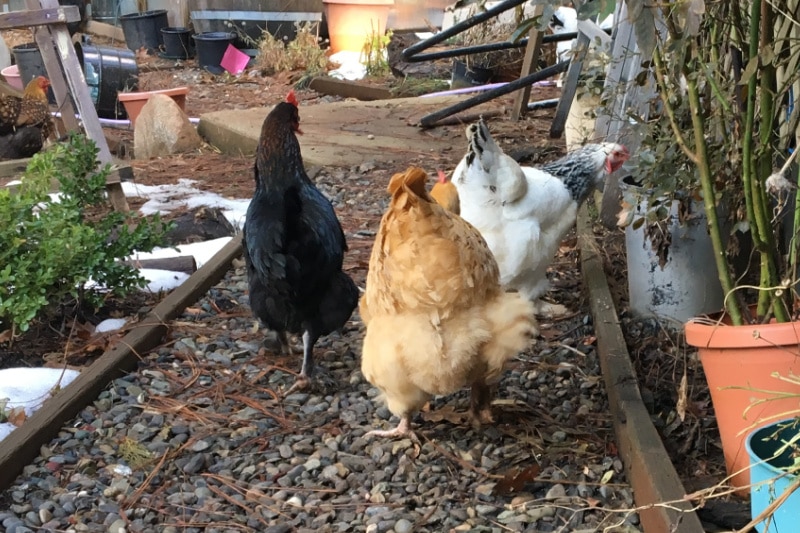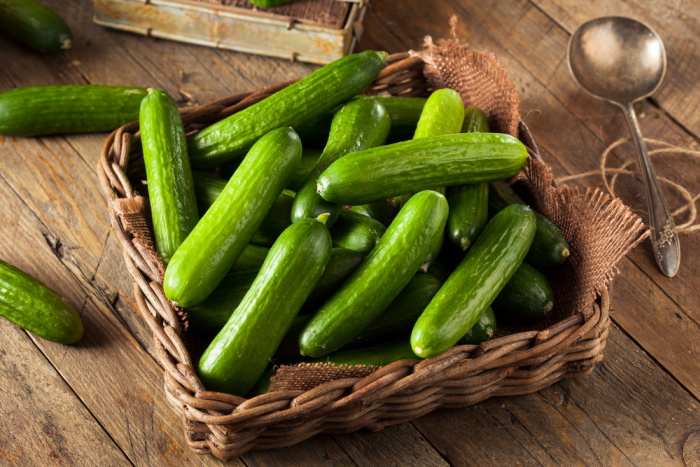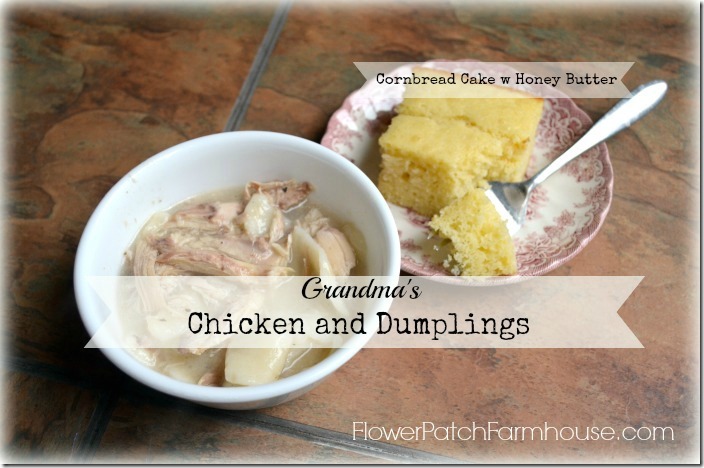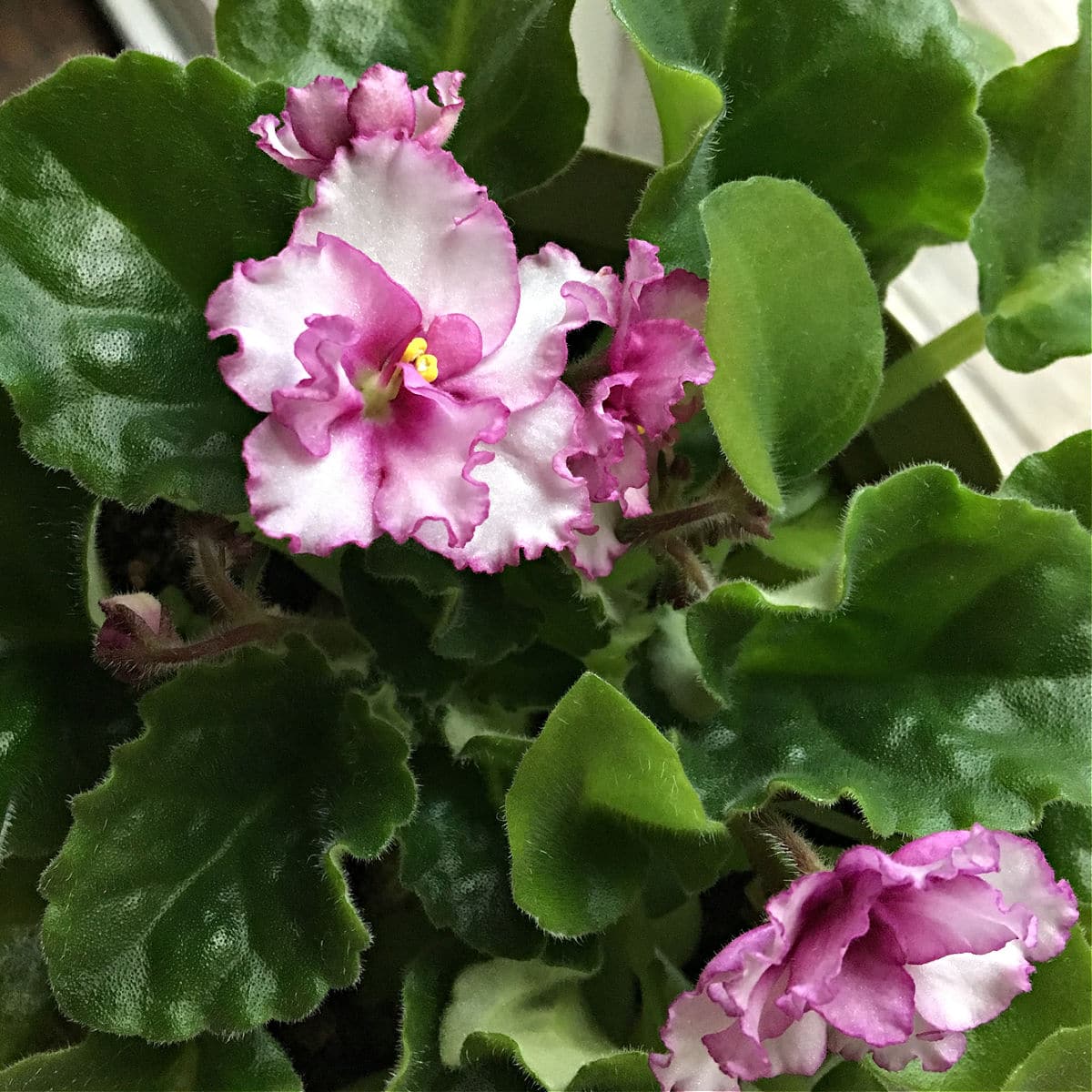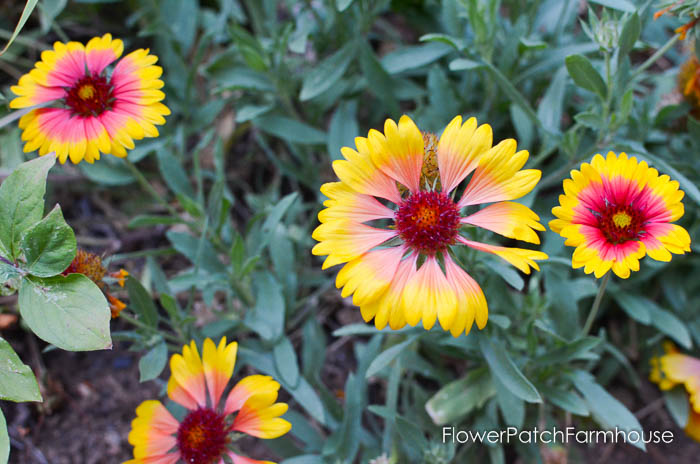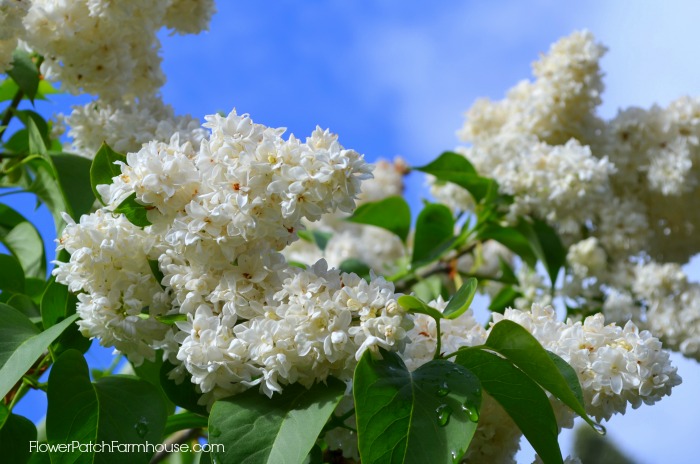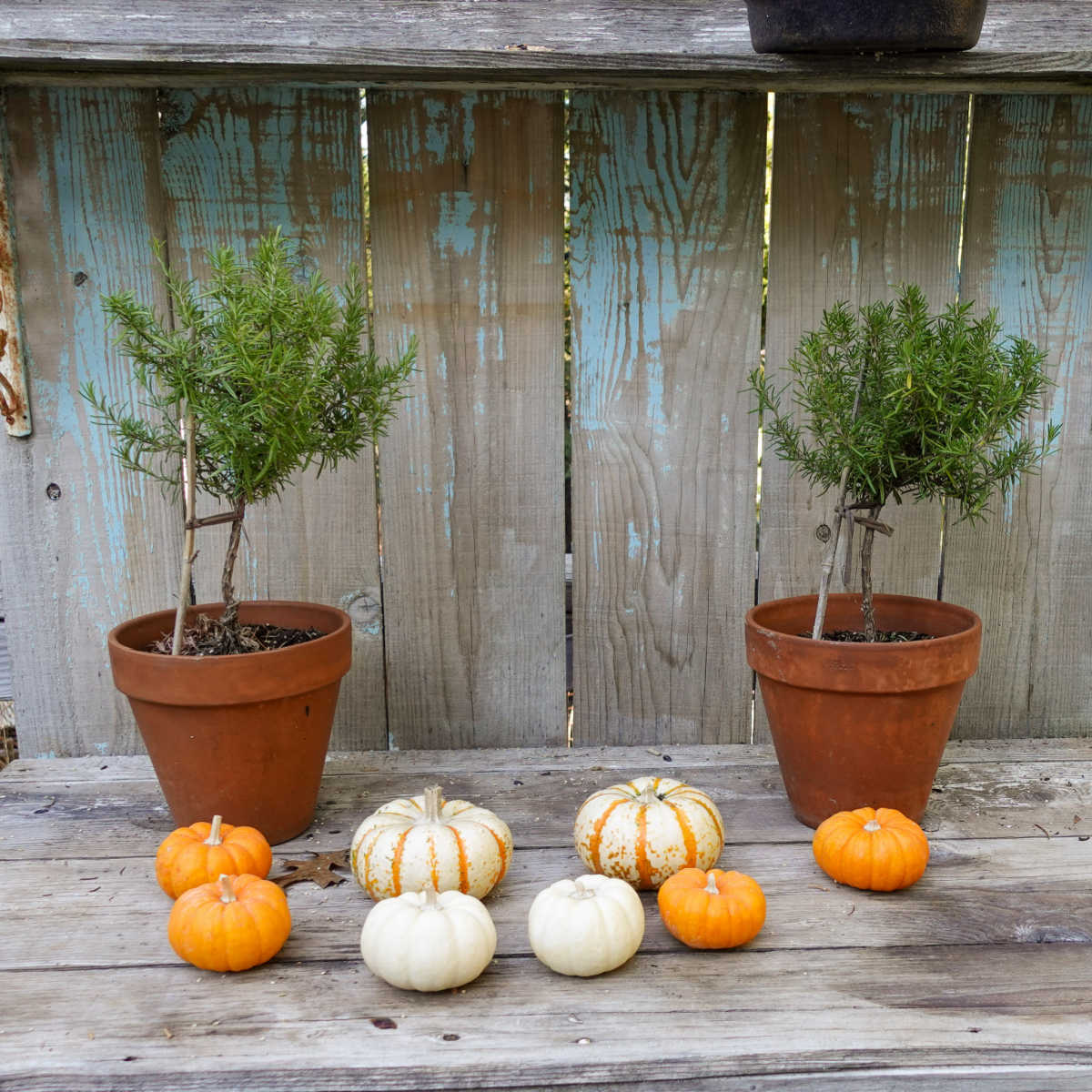Growing Cucumbers
Crisp and Crunchy: A Guide to Growing Perfect Cucumbers in Your Backyard
Growing cucumbers is a great vegetable for beginner gardeners due to their easy-to-grow nature and delicious taste. They are also very versatile and can be used in a variety of recipes, such as salads, pickles, and sandwiches.
In this blog post, we will cover everything you need to know about growing a cucumber plant, including the different types of cucumbers, soil recommendations, planting techniques, and common pests and diseases.
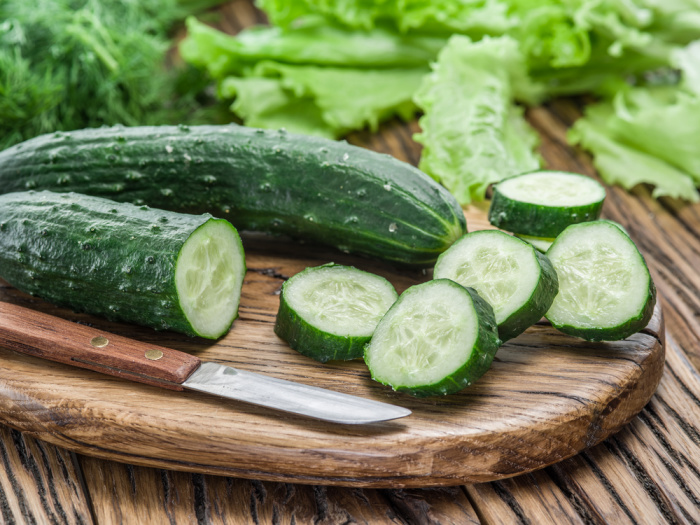
This post contains affiliate links. If you make a purchase after clicking a link I may make a small commission at no cost to you.
Types of Cucumbers
There are two main types of cucumbers: slicing cucumbers and pickling cucumbers.
Slicing cucumbers are larger and have thicker skins, making them ideal for slicing and eating raw in salads and sandwiches.
Pickling cucumbers are smaller and have thinner skins, making them perfect for pickling.
There are also a variety of different cultivars within each type of cucumber, each with its own unique characteristics.
One of my favorite cucumber plants to grow is Persian Baby Cucumbers, Green Fingers, it has never gotten bitter on me even when the temperatures get hot.
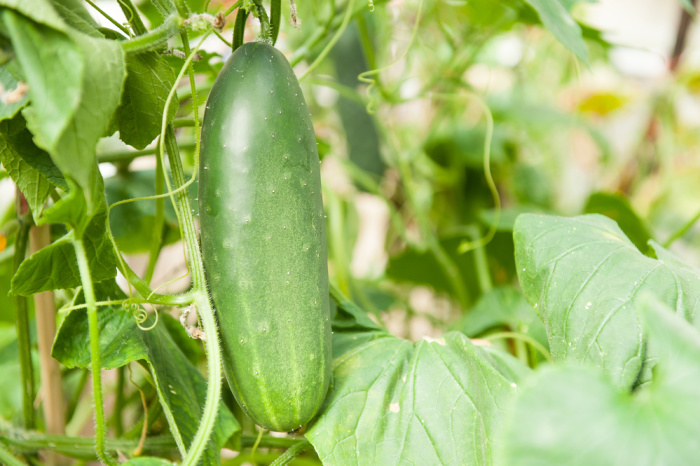
Learn more about Mini Cucumbers here, they are some of the sweetest and easiest to use!
Soil Requirements
Cucumbers prefer well-draining soil that is rich in organic matter.
It is also a good idea to incorporate compost or well-rotted manure into the soil before planting to help improve the soil’s fertility.
Build Better Soil
Building your organic garden soil is essential for long-term gardening success. Here you will learn the best tricks for great garden soil. Beginner gardener friendly!
Cucumber Seedlings
Cucumbers are warm-season vegetables and should be planted after the last frost in the spring and when the soil has warmed to 60° F.
They need plenty of sun and warmth to grow, so choose a location that receives at least 6-8 hours of direct sunlight per day.
To get a head start on the growing season, you can start cucumber seeds indoors about 3-4 weeks before the last frost date in your area.
My DIY indoor seed starting set up.

When planting cucumber seedlings, it is important to give them plenty of room to grow. They are vining plants that can reach up to 6 feet in length, so they will need a trellis, fence, or other support structure to climb on.
See this video for a super fast and simple cucumber trellis I set up in minutes over a raised bed.
Plant cucumber seeds or seedlings about 1 inch deep and 6-12 inches apart in rows that are spaced 3-5 feet apart.
If you are using a trellis or other support structure, plant the cucumbers about 12 inches from the base of the structure.
Did you know Sunflowers make a great support system for Cucumbers?
Cucumber plants also need plenty of water to grow, so make sure to water them regularly. They prefer consistent moisture, so it is a good idea to use a soaker hose or drip irrigation system to keep the soil evenly moist.
Avoid getting the leaves wet when watering, as this can promote the growth of fungal diseases.
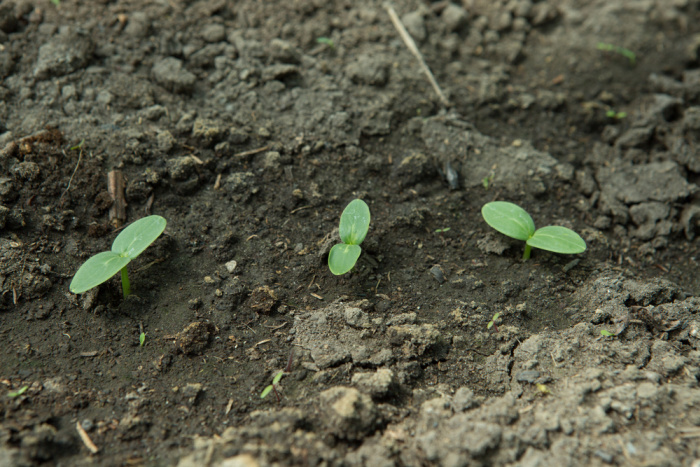
Common Pests and Diseases
Cucumbers are susceptible to a variety of pests and diseases, so it is important to monitor your plants regularly and take action at the first sign of a problem.
Here are some common pests and diseases that can affect cucumbers:
Cucumber Beetles:
These small, striped beetles can cause serious damage to cucumber plants by feeding on the leaves and transmitting bacterial wilt. To control cucumber beetles, you can use row covers, sticky traps, or intercropping.
See more on the best organic choices in the control of Cucumber Beetles
Aphids:
These tiny, green insects can suck the sap out of cucumber plants, causing the leaves to curl and wilt. To control aphids a trap crop like sweet alyssum or calendula works well.
Or lure in ladybugs and lacewings to feast on them. More on predatory beneficial insects for aphids.
For more on beneficial plant partnerships grab this book, it is filled with gardening gems on intercropping, using trap crops, and attracting beneficial insects to do your dirty work: Plant Partners: Science Based Companion Planting Strategies for the Vegetable Garden
Powdery Mildew:
This fungal disease appears as a white, powdery coating on the leaves of cucumber plants. It can cause the leaves to turn yellow and eventually die.
To control powdery mildew, give the plant enough space for good airflow, remove infected leaves, or grow cucumber cultivars that are more resistant.
A cow milk spray mix has been shown to be effective in helping to prevent powdery mildew when sprayed once or twice weekly on the plants before powdery mildew has emerged. The recipe is 1 part milk to 2 parts water.
Downy Mildew
This fungal disease appears as a yellowing of the leaves on the underside of the plant. It can cause stunted growth and can quickly spread throughout the plant. To control downy mildew, you can use countermeasures to prevent such as:
Plant resistant cultivars.
Use drip irrigation and wide row spacing to dry the leaves and encourage good air movement around the plants.
Trellis plants to improve air circulation. Remove plants with symptoms of the disease.
There are no effective products for downy mildew available to home gardeners.
Bacterial Wilt
This disease is caused by a bacterium that is transmitted by cucumber beetles. It can cause wilting and death of the plant.
To control bacterial wilt, you can use row covers, sticky traps, or plant partners to control the beetles that spread it. (see link above to Plant Partners book)
Harvesting Cucumbers
To harvest cucumbers, use a sharp knife or scissors to cut the stem about 1/4 inch above the cucumber.
Avoid pulling or twisting the cucumber, as this can damage the plant and make it more susceptible to pests and diseases.
Depending on the variety cucumbers are ready to be harvested when they are about 6-8 inches long for slicing cucumbers and 2-4 inches long for pickling cucumbers.
They should be firm and have a dark green color. If the cucumber is yellow or has soft spots, it is overripe and should be discarded.
Cucumbers can be stored in the refrigerator for up to a week. If you have an excess of cucumbers, you can also pickle them for later use.
A favorite summer salad we enjoy is this tomato cucumber salad!
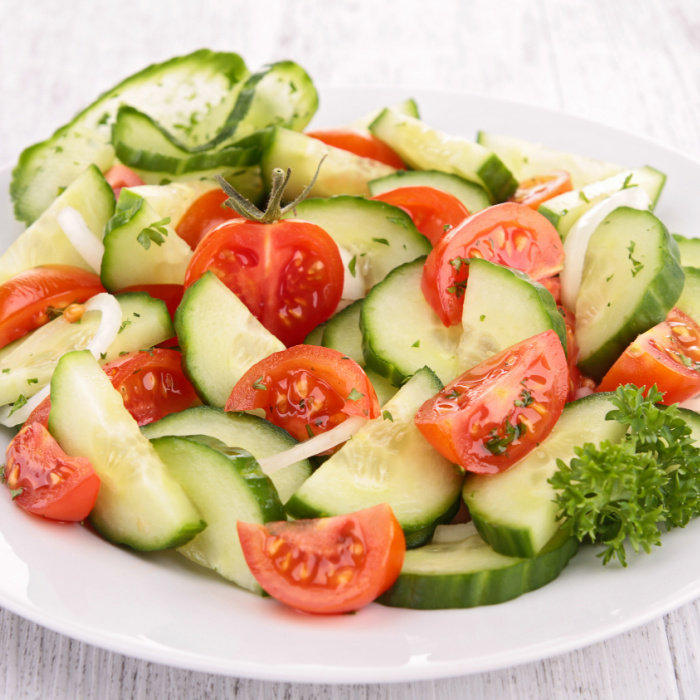
Growing cucumbers is a rewarding experience that can provide you with fresh, delicious vegetables all season long.
By choosing the right type of cucumber, preparing the soil properly, and using the right planting techniques, you can ensure a successful harvest.
By monitoring your plants regularly for pests and diseases and taking action at the first sign of a problem, you can keep your plants healthy and productive. With a little bit of effort and care, you can enjoy the taste of homegrown cucumbers in your favorite recipes.
Mini Cucumbers
Discover the world of mini cucumbers. Elevate your culinary experience with their refreshing flavor, versatility, and convenience! Find out why you need to grow them.
